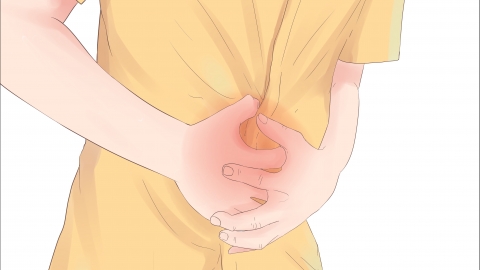How to distinguish between norovirus and gastroenteritis
Generally speaking, gastroenteritis refers to inflammation of the stomach and intestines. Norovirus infection and gastroenteritis can be differentiated based on etiology, clinical symptoms, disease course, routes of transmission, and laboratory examinations. If experiencing any discomfort symptoms, timely medical consultation for treatment is recommended. Detailed analysis is as follows:

1. Etiology
Norovirus infection is caused by norovirus, a highly contagious virus that can spread through contaminated food, water, or close contact. In contrast, the causes of gastroenteritis are more diverse; besides viral infections, it may also result from bacterial infections, parasitic infections, improper diet, or adverse drug reactions.
2. Clinical Symptoms
Norovirus infection typically has an abrupt onset with prominent vomiting, often frequent episodes, and diarrhea characterized by watery stools. It is commonly accompanied by systemic symptoms such as fever, headache, and muscle pain. The symptoms of gastroenteritis are relatively variable; the severity of diarrhea and stool characteristics differ depending on the underlying cause. For example, gastroenteritis caused by bacterial infection may present with mucus or pus in the stool, while systemic symptoms are generally milder, and fever is usually less pronounced compared to norovirus infection.
3. Disease Course
Norovirus infection has a short disease course, with most patients experiencing symptom relief within 1-3 days and full recovery within 3-5 days. The duration of gastroenteritis varies depending on its cause; viral gastroenteritis shares a similar course with norovirus infection, while bacterial gastroenteritis may require a longer recovery period.
4. Routes of Transmission
Norovirus infection primarily spreads via the fecal-oral route and can also be transmitted through aerosols, exhibiting high contagiousness. The transmission routes of gastroenteritis depend on its etiology; bacterial gastroenteritis is usually transmitted through contaminated food or water, while non-infectious gastroenteritis is not contagious.
5. Laboratory Examinations
Norovirus infection can be diagnosed by detecting norovirus nucleic acid or antigen in stool samples. If gastroenteritis is caused by bacterial infection, diagnosis can be confirmed by isolating the corresponding pathogen through stool culture; if caused by other factors such as parasitic infection, diagnosis can be made by identifying parasite eggs through microscopic examination of stool smears.
In daily life, it is important to maintain good personal hygiene habits, such as frequent handwashing and attention to food hygiene, to prevent the occurrence of diseases.







